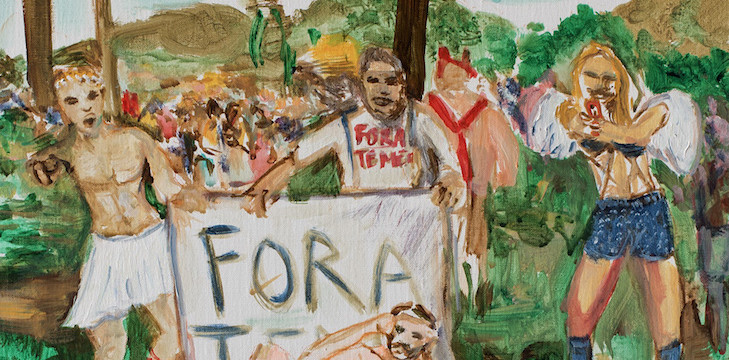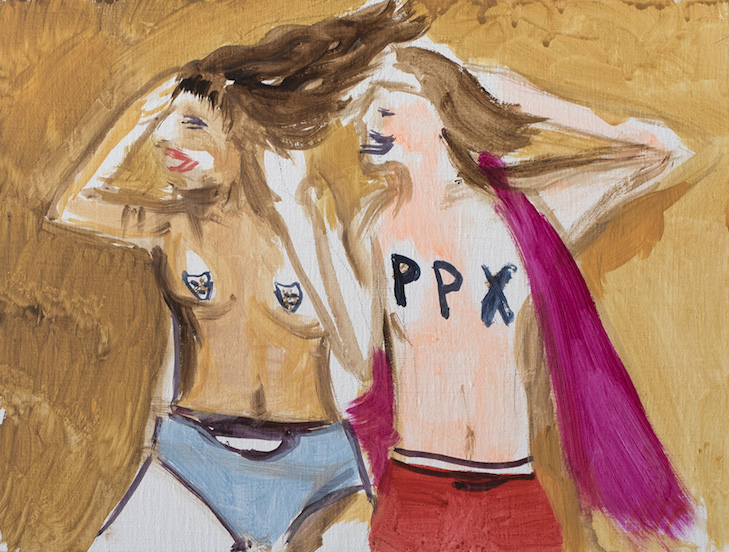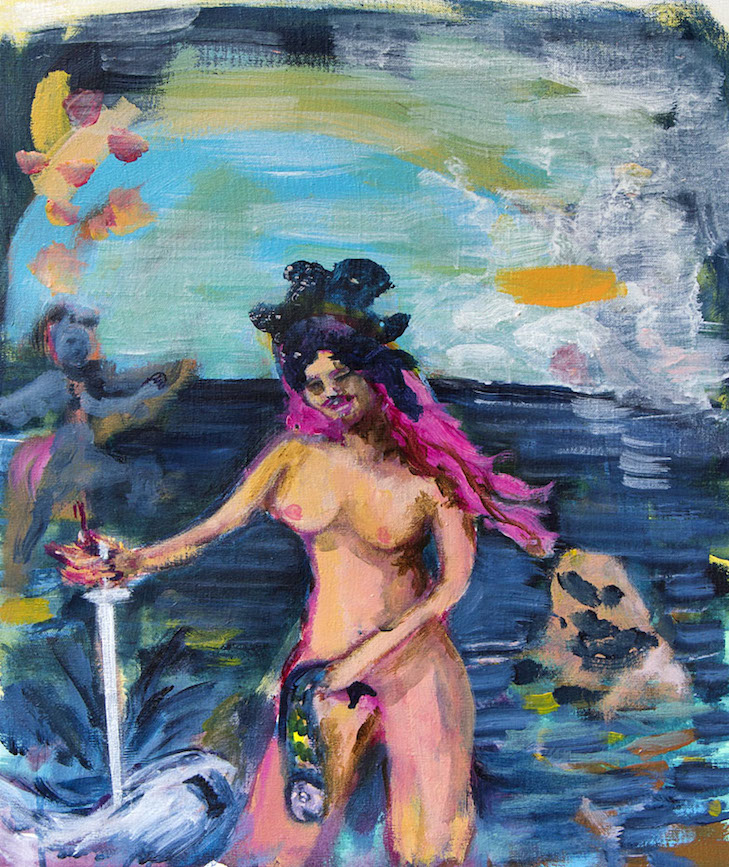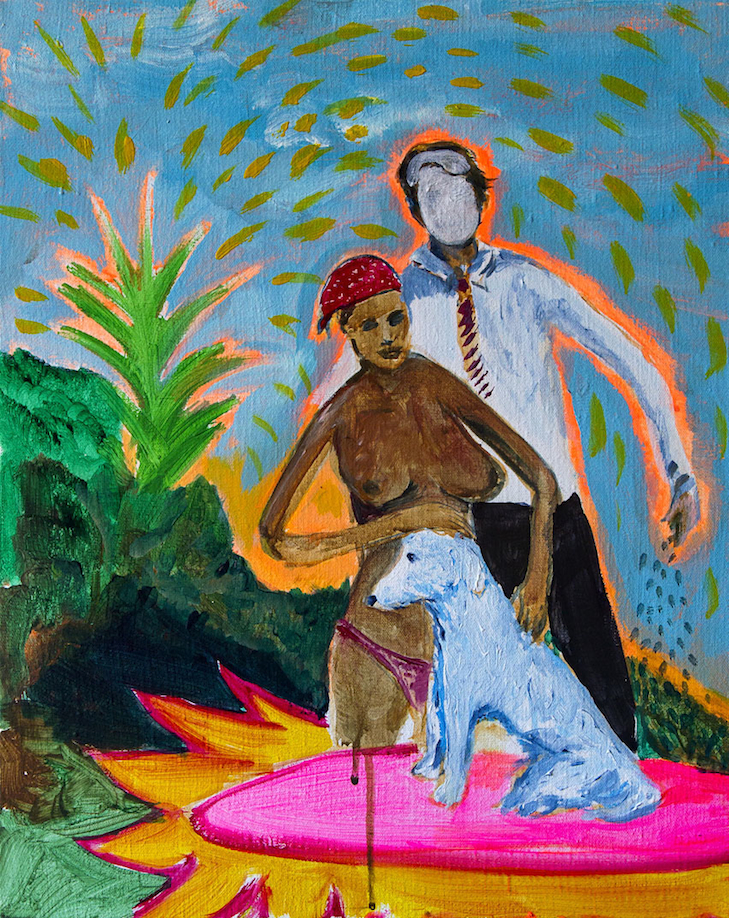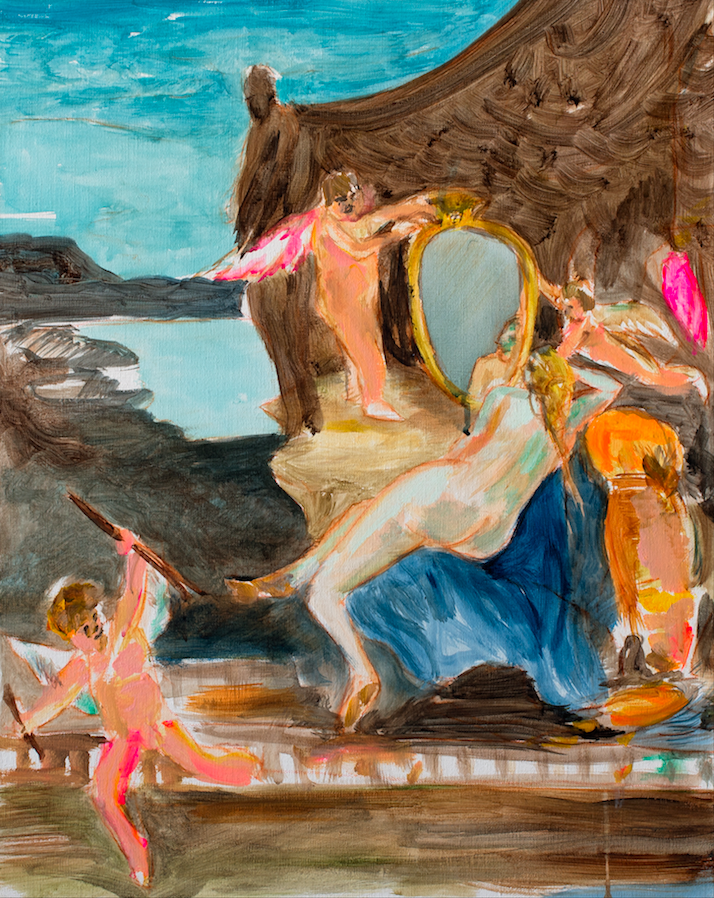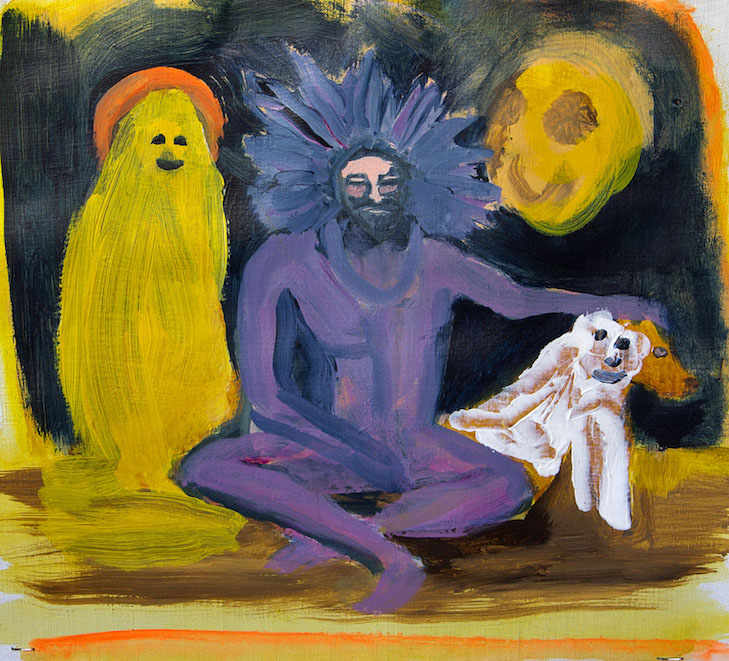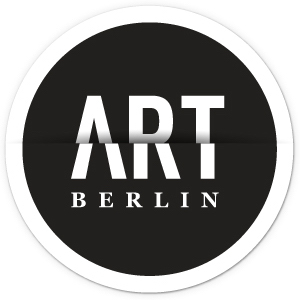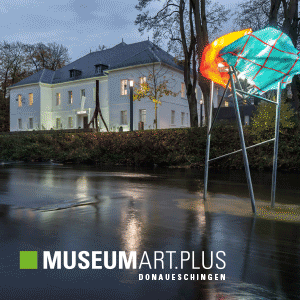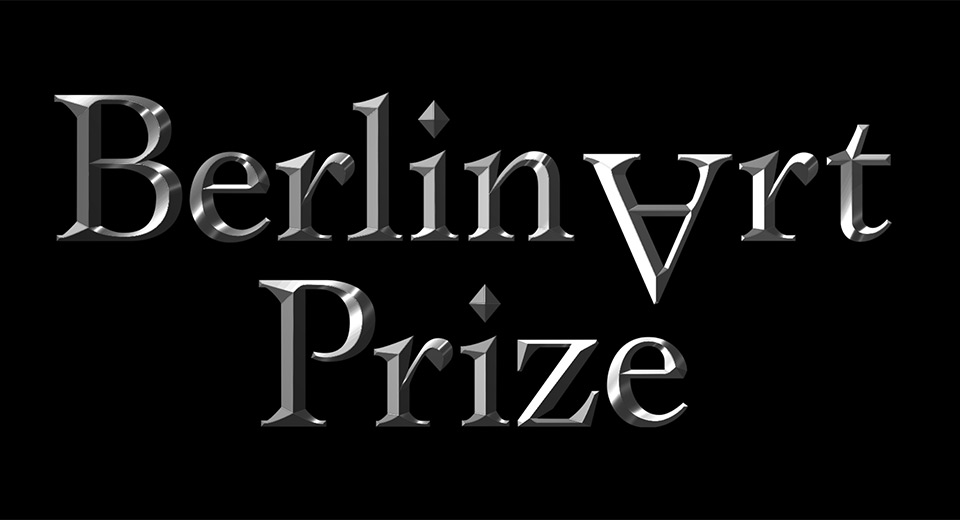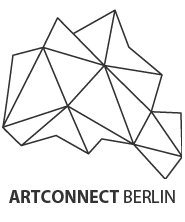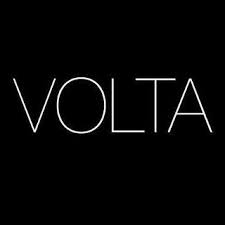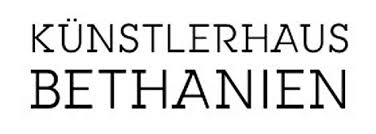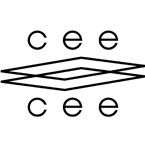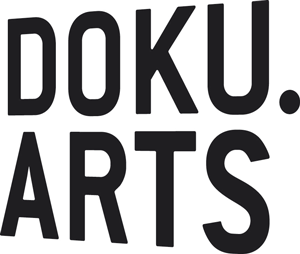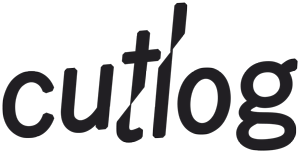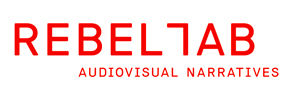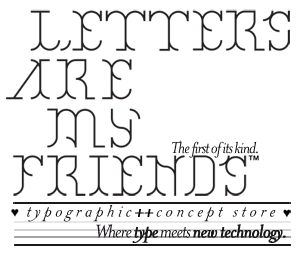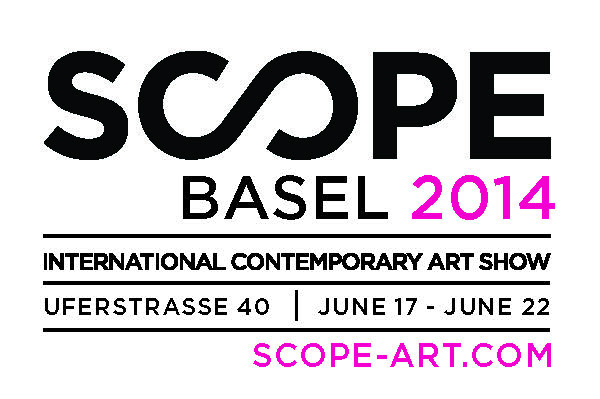“Pindorama remix”, the title chosen by the artist for his show, references the name natives gave their home country, Brazil, before the portuguese invasion in 1500. With colonisation came also jesuit missionaries, bringing the roman catholic to the native tribes of Brazil. They converted the native population and their pagan culture mixed with christian traditions to form a unique strand of Catholicism, intertwining the DNA’s of western and south-american heritage. This metaphorical double-helix structure is visible in the colourful biblical iconography of Brazil, as well as in the works of Jonas Aisengart.
Although not religious, or even Christian himself, Jonas is interested in the narrative ambiguities that are carried by biblical ideology: The idea of the sacred and the dichotomy that exists between religiousness and humanness, like sex, chaos and life. This emotional and cultural vibrance and profound religiousness live side by side in Brazil. His paintings often unify bold colours and brush strokes with biblical narratives, sometimes original, sometimes altered.
Quite an unusual treatment of very traditional tales. Is this intended?
Yes. The idea is to cite this religious imagery, but retelling the stories they refer to and bringing them to the present and thereby addressing current issues. I use less usual colours and a more modern pictorial treatment that serves to update and unfold the images beyond a single religious-historical reference.
Your works seem to contrast or question the lifelessness of a lot of medieval religious painting, which you have also used and altered in some of your works. Or would you put this down as personal style?
I could not say it’s just a personal style. Medieval painting as well as naive Brazilian art has this strong narrative function and many visual similarities. I believe that my artistic style is influenced heavily by naive art, which has been very present in my life since childhood. By using these references the narratives comes with it.
What kind of narratives especially?
For example the use of religious imagery to talk about questions of the status of pleasure or using characters from children’s tales to address deeper human problems and emotions. In a way, good and evil, the sacred and the profane, the old and the present, are issues that appear a lot in the works but often in a humorous and even subtle way.
I feel like your paintings explore and criticise the relationship between christian religion and sex. Both can be instruments to exert power… How do you feel about this sometimes ambiguous relationship?
Religions are indeed a powerful and potent force in the world. They carry ambiguity and a lot of contradiction in the sense in which they serve to unite, but also to segregate, to preach love, but also to justify hatred… So, I think that reflecting on some of these contradictions within the frame work of religion, for instance on the matter of sex, and the idea of sacredness, which unites all religions, is very valid. The ambivalence of sex and religion as symbols of power is also extremely important to reflect upon, especially in Brazil, where machoism and piousness go hand in hand. This combination appears a lot in our politicians, which is especially concerning to me.
The artist playfully examines idea of the sacred and the ideologies that come with it, such as ancient Egyptian Pharaoh worship, the christian-capitalist figure of the Santa Claus, or Mikey Mouse, a symbol of Western culture and politics. By using traditionally religious methods, like sculpting wall reliefs, he lifts these ideological symbols to the same status as christian saints and thereby implies the question: Is not Mikey Mouse also a sacred symbol of western culture?
You mentioned, that you’re referencing the native Indian word for Brazil “Pindorama” for the title of your exhibition “Pindorama remix”. Which elements of native Indian culture are you especially interested in and are you using for your works? What is the connection between the carnival and this pre-european culture?
The relationship goes far beyond indigenous traditions that remain today. Its they way people behave, treat each other and life – a kind of constant quest for absolute freedom. Our connection with nature and our spirituality are not linked to religious practices, but events like the carnival are like a ritualistic celebration of the beauty of life, which is a feeling I would identify strongly with the youth especially in Rio de Janeiro. You should try it!
So, in your paintings you are expressing the joy of life in Brazilian culture – something inherited from the mixing of European and indigenous cultures. The term remix could point out a actualisation of this indigenous culture, which has largely been assimilated into western-christian culture and maybe to lift it out of obscurity and show where the culture lives on.
Yes, this is a fundamental question but there are others that can be pointed out by the term „remix“. The first would be the use of very later and diverse references that mix with the indigenous question in the exhibition and secondly the fact that I am a Brazilian who is „invading“ Europe with my work, which can be seen as a Pindorama invasion in reverse.
If you want to catch a glimpse of what this cultural invasion might look like, swing by coGalleries in Mitte for some art, a chat and some Brazilian music as well!
Brazilian coGalleries Special: Pindorama Remix & Presente 2017
Opening: 23rd of june, 6pm till 10pm
Exhibition: 23rd of june till 28th of june | Opening hours, Mo-Sun. 11am – 6pm.
coGalleries, Torstr. 170, 10115 Berlin
www.cogalleries.com
Author: Anna Simon-Stickley
Photo credit: Tahian Bhering

